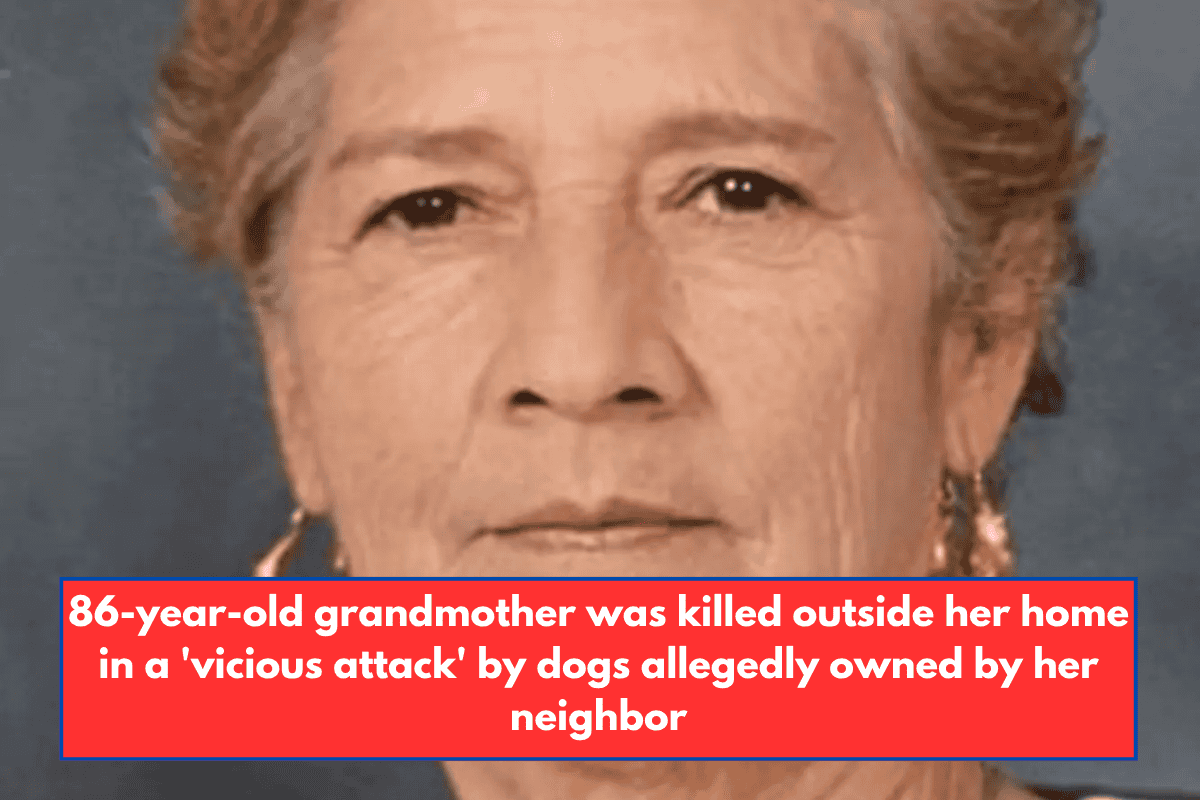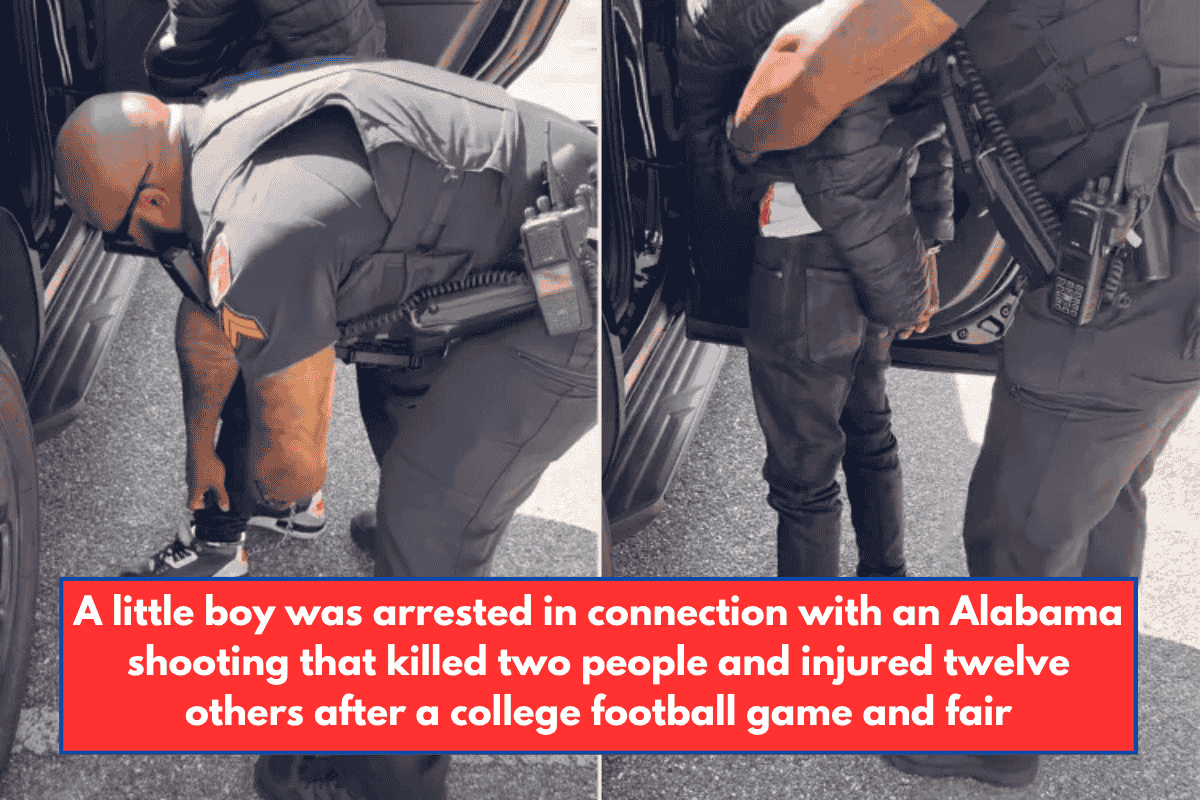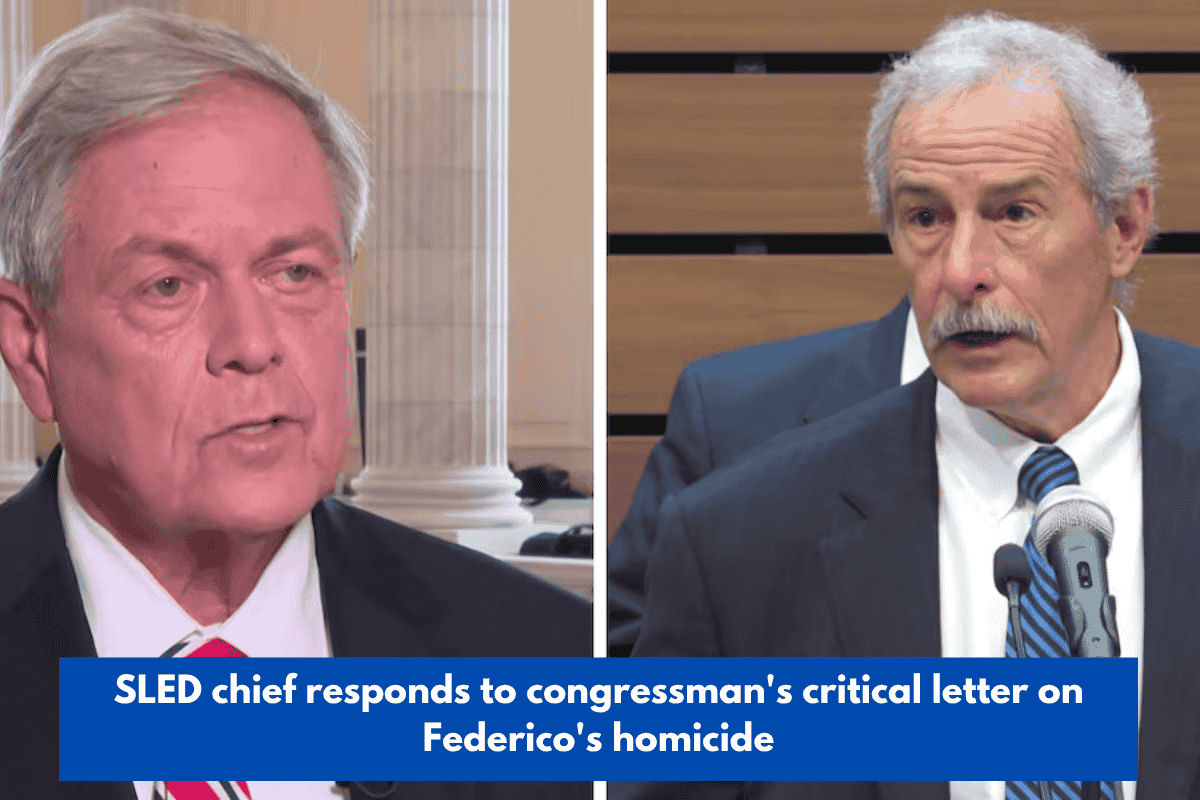On Monday, July 28, Shane Devon Tamura carried out a deadly attack at 345 Park Avenue in Manhattan, claiming the lives of four victims, including off-duty police officer Didarul Islam. Tamura, 27, a former high school football player, drove from Nevada to New York City with the apparent intent to target the NFL offices located in the building. A suicide note revealed his grievances, including a claim that he suffered from chronic traumatic encephalopathy (CTE), a brain condition linked to repeated head injuries in contact sports like football. This article takes a deeper look into Tamura’s past, his high school football career, and the tragic events that led to the shooting.
A Look at Tamura’s Early Years and High School Football Career
Nearly 10 years before the mass shooting, Shane Tamura was just a high school student playing football in California. During his senior year, he was a running back for Granada Hills Charter School in Los Angeles. In a 2015 interview with the Los Angeles Daily News, Tamura spoke about his team’s victory in a game, reflecting on how they overcame a tough start in the first quarter. He emphasized the importance of staying “disciplined” and keeping a positive mindset.
Tamura’s high school career began at Golden Valley High School in Santa Clarita, but he transferred to Granada Hills Charter for his senior year. His coach, Walter Roby, described him as a “quiet, hard worker” and praised his leadership on the field. Roby remembered Tamura as one of his top offensive players during that time and mentioned he was “coachable,” known for leading by action. However, Roby, now reflecting on the tragedy, expressed regret, wondering if he could have done more to help Tamura.
Tamura’s Mental Health Struggles and CTE Claim
In the suicide note found after the attack, Tamura mentioned that he suffered from chronic traumatic encephalopathy (CTE), a degenerative brain disease often caused by repeated head injuries. He connected his condition to the physical toll of his football career, stating that playing the sport gave him CTE and referencing the death of former NFL player Terry Long, who took his own life in 2005 after struggling with the condition.
CTE is only diagnosable after death through an autopsy, which means Tamura’s claim of suffering from it could not be confirmed while he was alive. However, Tamura’s former teammate, Dalone Neal, confirmed that Tamura had experienced multiple concussions during his football career, even missing games and practices because of them. Neal described Tamura as an “undersized guy” playing a physically demanding position but mentioned he was “not afraid of contact whatsoever.” This lack of fear of collisions could have contributed to the repeated head injuries Tamura sustained during his football days.
The Attack at 345 Park Avenue
On the day of the shooting, Tamura drove from Nevada to New York City with plans to target the NFL offices, which are located in the building at 345 Park Avenue. However, during the attack, he mistakenly took the wrong elevator and ended up on the wrong floor, where he fatally shot Didarul Islam, a 36-year-old off-duty police officer, as well as three other victims: Wesley LePatner, a 43-year-old executive from Blackstone; Aland Etienne, a 46-year-old security officer; and Julia Hyman, a 27-year-old employee at Rudin Management. After killing the four victims, Tamura turned the gun on himself.
The attack left the city in shock, and the discovery of Tamura’s suicide note shed light on his deep grievances, including his mental health struggles and issues with the NFL. In his note, Tamura claimed, “You can’t go against the NFL, they’ll squash you,” which seemed to point to his frustration with the NFL and possibly the toll his playing career took on him. He also requested that his brain be studied, a statement that echoed concerns about CTE.
Law Enforcement and Public Reaction
As law enforcement continues to investigate the attack, Tamura’s actions and his claims about CTE raise questions about the impact of contact sports on mental health. His story adds to the ongoing discussion about the potential long-term consequences of repeated head injuries in football. The tragedy has also left his former coaches and teammates reflecting on his past and their connection to the person who committed such a violent act.
The shooting at 345 Park Avenue on July 28 has deeply affected the families of the victims and the broader community. Shane Devon Tamura’s background as a high school football player, his struggles with mental health, and his tragic claim of suffering from CTE paint a complex picture of a young man whose life took a heartbreaking turn. While no definitive link can be drawn between his football career and his actions, the tragedy highlights the importance of mental health awareness and the long-term consequences of head injuries in contact sports. As the investigation continues, the memories of the victims and their families will remain at the forefront of the city’s grief and the search for answers.














